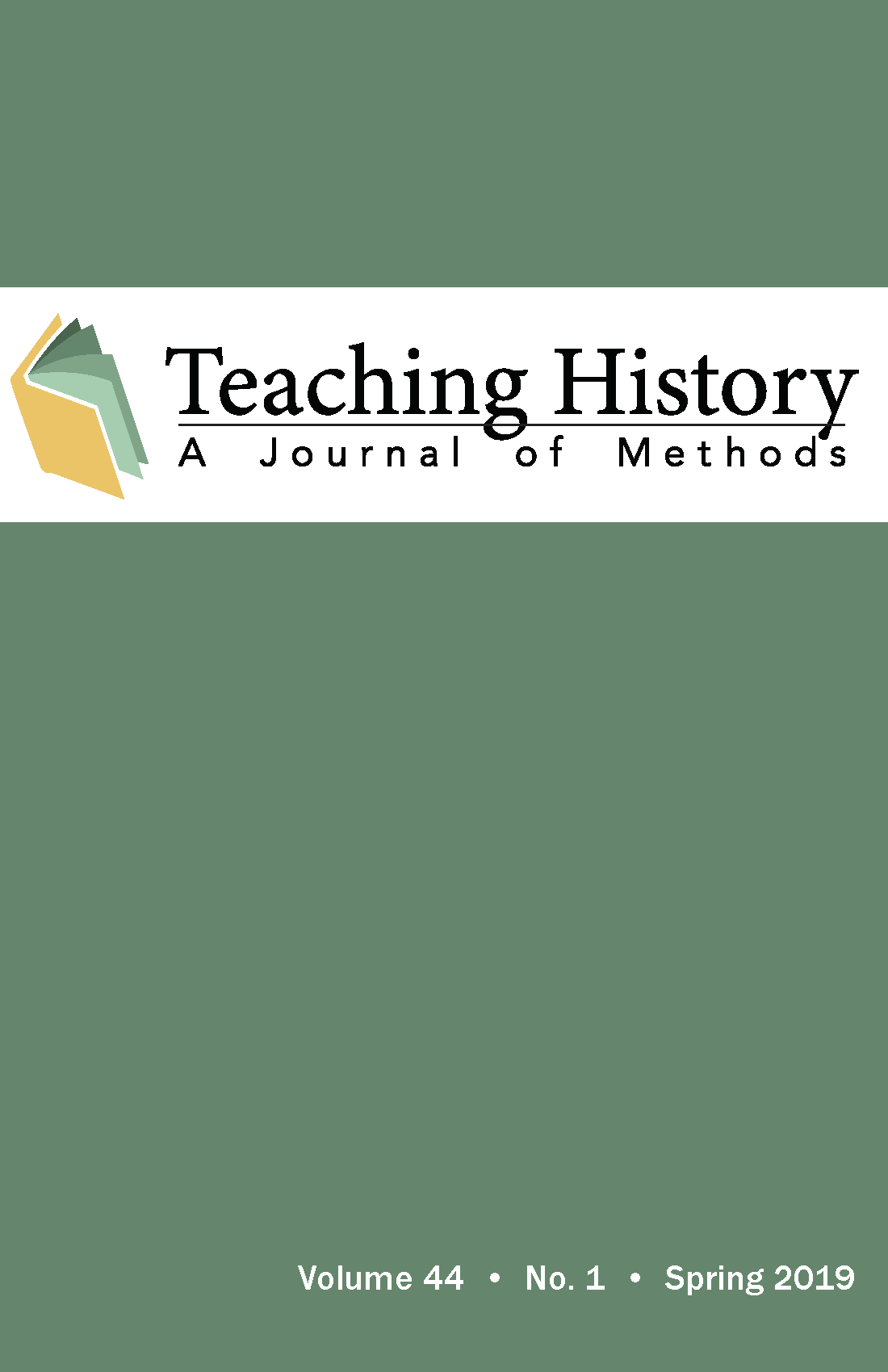The Other Sides of History
DOI:
https://doi.org/10.33043/TH.44.1.2-27Abstract
This article outlines an experiential learning project with international students who visited St. Louis to investigate the Ferguson protests of 2014-2015. While students demonstrated increased engagement and depth of knowledge following their visit, they did not always grasp the nuances of historical and civic thinking that the trip was intended to teach. Such pedagogical challenges exemplify many of the obstacles facing instructors grappling with projects that address contemporary racism and its history. These include: mastering interdisciplinary scholarship; engaging in personal, classroom, and community reflection; negotiating gaps between scholarly knowledge and current media coverage; and accepting the enormity and complexity of an issue like racism. Such roadblocks can prove discouraging to history and civics instructors, even ones dedicated to open and thoughtful conversation about difficult issues. As a whole, civic thinking came no more naturally than historical thinking for students, and integrating the two required more attention and more aspects of experiential learning than many instructors assume. The article concludes by addressing how, despite such challenges, student learning ultimately justified the project.
Downloads
Downloads
Published
How to Cite
Issue
Section
License
Copyright (c) 2019 Flannery Burke

This work is licensed under a Creative Commons Attribution-NonCommercial-NoDerivatives 4.0 International License.
By submitting to Teaching History, the author(s) agree to the terms of the Author Agreement. All authors retain copyrights associated with their article or review contributions. Beginning in 2019, all authors agree to make such contributions available under a Creative Commons Attribution-NonCommercial-NoDerivatives 4.0 International license upon publication.



